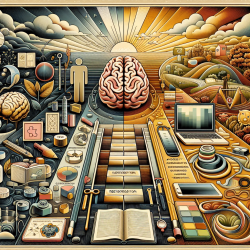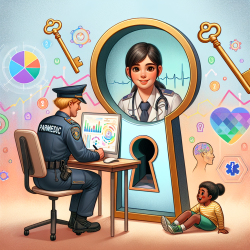Understanding the Roots of Neurology: Thomas Willis's Legacy
In the realm of neurology, few figures are as pivotal as Thomas Willis, whose work laid the foundation for modern neuroscience. His innovative approach, detailed in the research article "Thomas Willis, the Restoration and the First Works of Neurology," provides valuable insights that practitioners today can harness to enhance their skills and deepen their understanding of cerebral anatomy.
The Historical Context of Willis's Work
Willis's contributions to neurology were not born in a vacuum but were significantly influenced by the political and religious climate of his time. During the Restoration of the English monarchy, Willis aligned his work with the needs of the Church of England, aiming to substantiate philosophical claims about the mind through anatomical investigation. This historical backdrop is crucial for practitioners to understand the motivations behind Willis's pioneering efforts.
Key Insights for Modern Practitioners
Practitioners today can draw several lessons from Willis's work:
- Interdisciplinary Approach: Willis's work exemplifies the importance of integrating different fields of study. By combining anatomy, philosophy, and religion, he created a comprehensive framework for understanding the brain.
- Empirical Investigation: Willis's insistence on detailed anatomical studies highlights the value of empirical evidence in forming scientific conclusions. Modern practitioners can apply this principle by prioritizing data-driven approaches in therapy and research.
- Innovative Thinking: Willis's willingness to challenge established norms and propose new ideas encourages practitioners to think creatively and explore unconventional solutions in their practice.
Encouraging Further Research
Willis's work serves as a reminder of the continuous need for research and exploration in the field of neurology. Practitioners are encouraged to delve deeper into the historical and scientific contexts of neurological studies to gain a more nuanced understanding of current practices. Engaging with historical research can inspire new avenues of inquiry and innovation in therapeutic techniques.
Conclusion
Thomas Willis's contributions to neurology remain a cornerstone of the field. By understanding the historical context and the innovative spirit of his work, practitioners can enhance their skills and contribute to the ongoing evolution of neurological sciences. For those interested in exploring Willis's original research, please follow this link: Thomas Willis, the Restoration and the First Works of Neurology.










